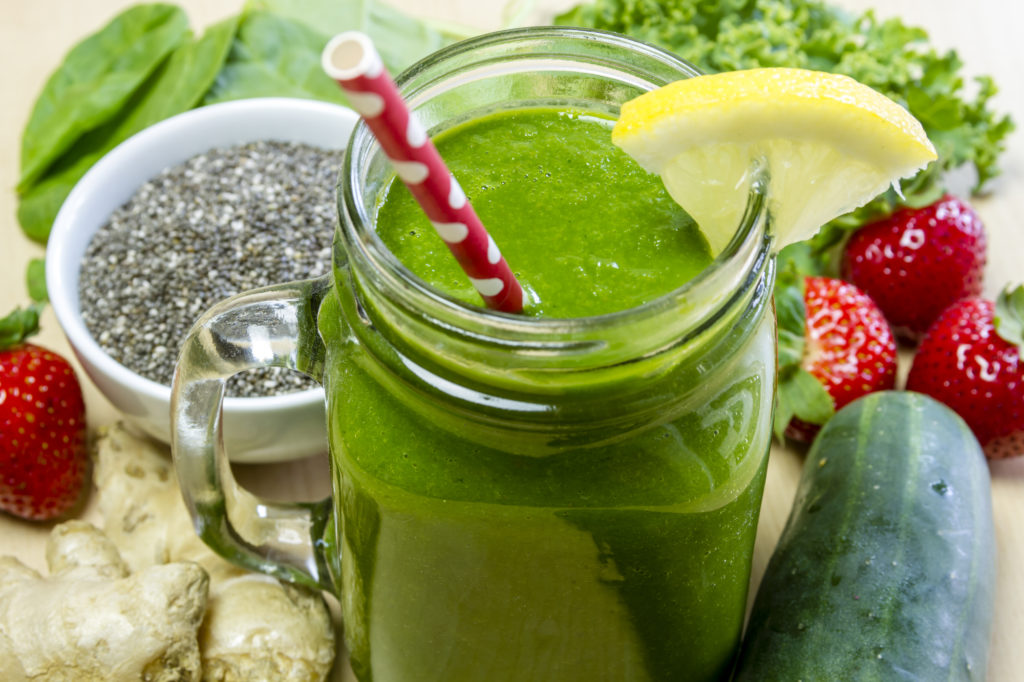5 A Day Challenge; Juices vs. Smoothies 101
→ “5 A Day” challenge is a call to health by world renowned chef Jaimie Oliver, who advocates consuming between 5 to 9 servings of fruit and vegetables every day.
→ In 2003, the Center for Disease Control published a comprehensive study “5 A Day Works!”, backing up this claim by showcasing multiple success stories from around the nation. The CDC hails this healthy initiative as a gold standard for the American diet.
Have you heard of the “5 A Day” challenge?
Are you a seasoned pro at incorporating fruits and veggies into your family’s diet, or are you struggling at best? “5 A Day” looks great on paper, but for most of us is quite hard to sustain long term.
From juicing to smoothies to whole meals, we’ll break down the multiple different ways you can start incorporating more servings into your routine so that you can turn this nutritional goal into a reality!
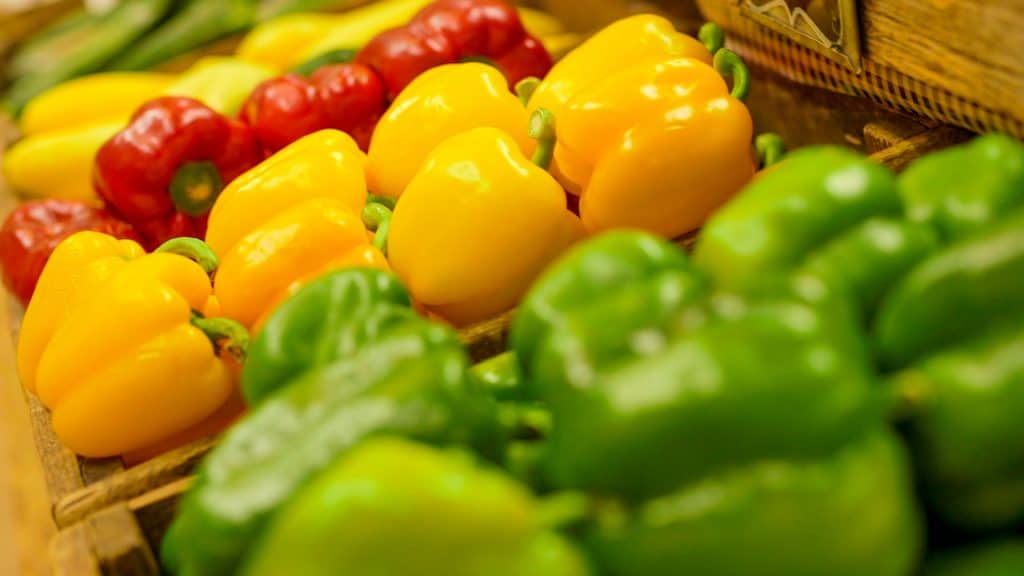 Let’s start by giving ourselves a little bit of grace: we are out of practice! Modern day changes in our food profile, says Dr. Stephen Gundry, author of “The Longevity Paradox”, has led to an overproduction of processed items and an overconsumption of corn, soy and wheat, at the cost of nutritional value. Even when we make the commitment for ourselves (with families of upwards of 3 or 4 members), getting everyone at home to eat large volumes of plant foods can be difficult, if not impractical. Throw in the constraints of modern day life: longer commutes, after school activities, and less time in the grocery store and in the kitchen, eating “5 A Day” can feel so out of reach.
Let’s start by giving ourselves a little bit of grace: we are out of practice! Modern day changes in our food profile, says Dr. Stephen Gundry, author of “The Longevity Paradox”, has led to an overproduction of processed items and an overconsumption of corn, soy and wheat, at the cost of nutritional value. Even when we make the commitment for ourselves (with families of upwards of 3 or 4 members), getting everyone at home to eat large volumes of plant foods can be difficult, if not impractical. Throw in the constraints of modern day life: longer commutes, after school activities, and less time in the grocery store and in the kitchen, eating “5 A Day” can feel so out of reach.
One quick solution to this modern day dilemma is called juicing. Juicing does have pros AND cons. Pushing fruits and vegetables through a juicer extracts a liquid that contains lots of vitamins, minerals, and healthy plant chemicals (called phytonutrients). You’re getting a super concentrated version of the produce, which is very helpful when you’re short on time.
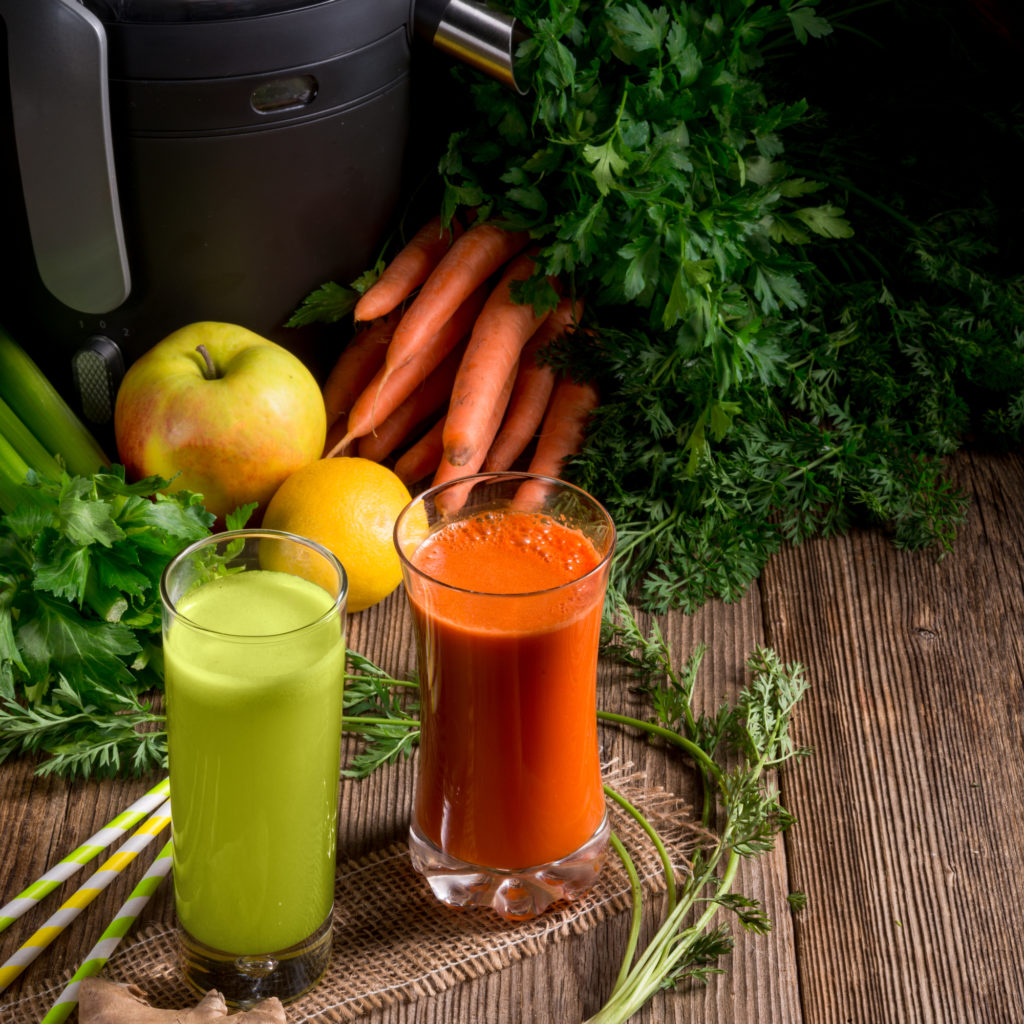 Juicing should incorporate not only fruits but also vegetables to curb the excessive sugar intake of using strictly fruits and give you a broader vitamin range. “Think of juicing like taking a Vitamin shot” says Juliette, director of Abma’s 22-week CSA program. She primarily juices leafy green vegetables, low in sugar and high in Vitamin C and other phytonutrients, to harness the micronutrient content of farm fresh produce.”Vitamin C is a delicate nutrient,” she explains, “that starts to break down as soon as the farmer pulls the plant from the ground.” It is also heat sensitive which means it does not stand up to cooking. “But, there is a way around this problem of losing vital nutrient content in fresh vegetables”, says Julliete, who passionately educates her CSA community members about consuming these sensitive nutrients by juicing vegetables within days after they pick up their weekly CSA share. A healthy mix of veggies and fruits juiced together creates a Green Juice.
Juicing should incorporate not only fruits but also vegetables to curb the excessive sugar intake of using strictly fruits and give you a broader vitamin range. “Think of juicing like taking a Vitamin shot” says Juliette, director of Abma’s 22-week CSA program. She primarily juices leafy green vegetables, low in sugar and high in Vitamin C and other phytonutrients, to harness the micronutrient content of farm fresh produce.”Vitamin C is a delicate nutrient,” she explains, “that starts to break down as soon as the farmer pulls the plant from the ground.” It is also heat sensitive which means it does not stand up to cooking. “But, there is a way around this problem of losing vital nutrient content in fresh vegetables”, says Julliete, who passionately educates her CSA community members about consuming these sensitive nutrients by juicing vegetables within days after they pick up their weekly CSA share. A healthy mix of veggies and fruits juiced together creates a Green Juice.
Sarah Ballantyne, PhD, advises one big caveat about juicing – lack of Fiber! Fiber, loosely speaking, is the ‘roughage’ component of plant based food that regulates digestion and slows the release of insulin. It’s a big player in heart health and protects you from certain cancers of the digestive tract. Green juices are great health supplements BUT they do lack fiber. For this reason, they are not meal replacements as fiber is an essential component to a healthy diet. Also, if you drink juice with a high quantity of sugar like fruit juices, you can unknowingly negate the healthful benefits you’re interested in by spiking your blood sugar.
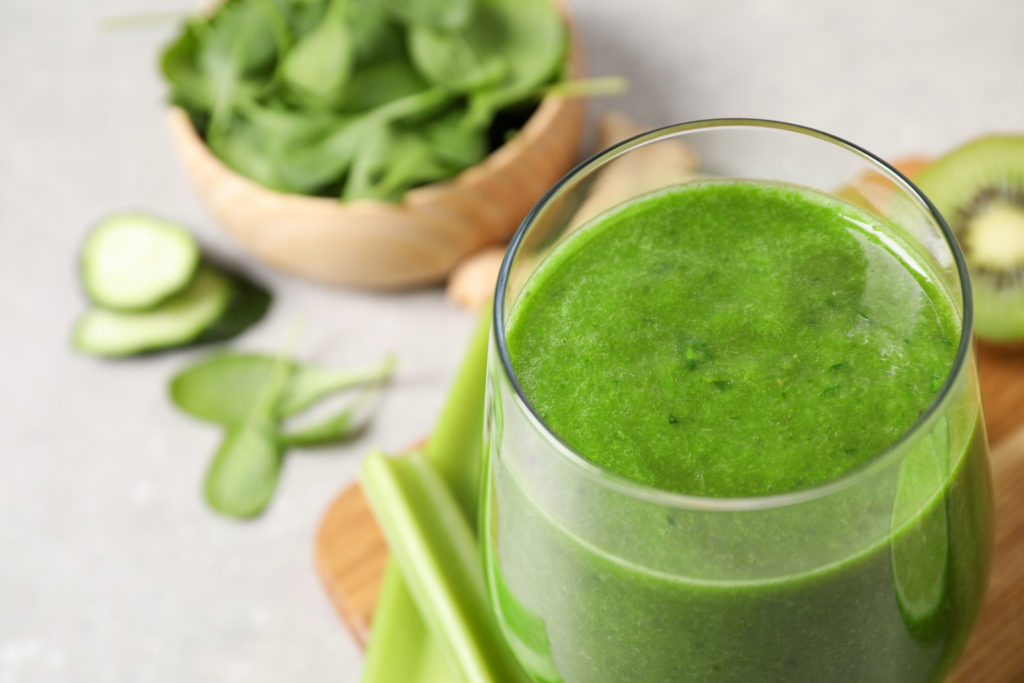 By comparison, Green Smoothies can be a better option for some because smoothies DO contain fiber! Smoothies are a fantastic way to incorporate leafy greens and fruits into your diet when you are low on time. Leafy greens are a great source of vitamins and nutrients and are most nutritious when consumed raw, like in a smoothie. In addition, smoothies can be a great supplement for people with autoimmune conditions that prevent them from consuming vegetables that irritate the digestive system. The use of a high powered blender can solve this problem and help re-introduce large quantities of leafy greens and other fibrous vegetables without enduring digestive distress.
By comparison, Green Smoothies can be a better option for some because smoothies DO contain fiber! Smoothies are a fantastic way to incorporate leafy greens and fruits into your diet when you are low on time. Leafy greens are a great source of vitamins and nutrients and are most nutritious when consumed raw, like in a smoothie. In addition, smoothies can be a great supplement for people with autoimmune conditions that prevent them from consuming vegetables that irritate the digestive system. The use of a high powered blender can solve this problem and help re-introduce large quantities of leafy greens and other fibrous vegetables without enduring digestive distress.
Green juices and green smoothies both provide extra nutrients and work great as supplements to add to your diet; however, using them to replace your meals on a daily basis can throw off the delicate mind-body balance that is vital to our lives.
It’s important to sit down (physically sitting down is so important!) and eat meals containing whole foods. Whole foods remain close to their state in nature and are not overly processed in a factory. Focus on fruits, veggies, nuts, seeds, beans, some dairy products, meat, poultry, seafood, and in general, minimally processed foods. Keep to a bare minimum the following: prepared and ready to eat meals, heavily processed foods, refined carbohydrates, and foods with added sugars.
 The process of slowing down around meal time, sitting down, and chewing food is an essential step in digestion. It signals to the brain to produce stomach acids and gut enzymes critical to the digestive process. Many of the nutrition deficiencies in current day can be traced back to a “lack of chewing”, says nutrition specialist Patti Milligan, who has a PhD in the Neuroscience of Taste. Remember that smoothies are supplements, not meal replacements, so use juices and smoothies to support but not replace what home cooking offers.
The process of slowing down around meal time, sitting down, and chewing food is an essential step in digestion. It signals to the brain to produce stomach acids and gut enzymes critical to the digestive process. Many of the nutrition deficiencies in current day can be traced back to a “lack of chewing”, says nutrition specialist Patti Milligan, who has a PhD in the Neuroscience of Taste. Remember that smoothies are supplements, not meal replacements, so use juices and smoothies to support but not replace what home cooking offers.
Other quick tips: Eat sitting down with your feet grounded on the floor. Say no to screen time at meal time. Design a life free of gadgets and limit multi tasking around meals, especially for people who work outside their home and/or work during their meal breaks.
At Abma’s, we believe that food is what brings people together. We encourage our customers to enjoy the experience of cooking their meals from scratch. And on days when life gets busy, take advantage of the freshly prepared meals cooked by our very own chefs conveniently located next to a variety of leafy greens at the farm market that can be used in juice or smoothies for your very own 5-a-day challenge!
Check out a few of our favorite juice and smoothie recipes from Kris Carr of kriscarr.com!
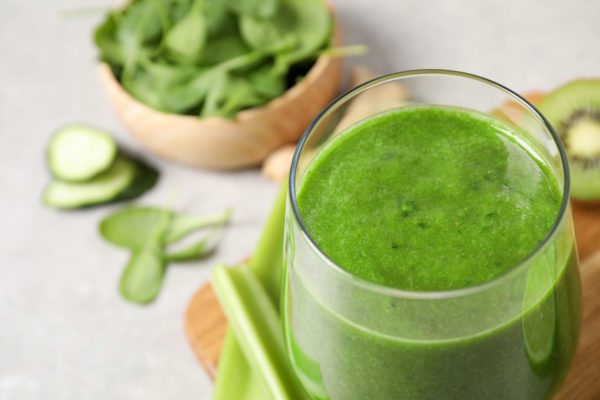
| Servings |
|
- 2 Large cucumbers
- 1 cup spinach
- 1 cup kale
- 1 cup sprouts
- 4 stalks celery
- 1 stem broccoli
- 1 apple or pear
- 1 piece ginger 1 inch or less
Ingredients
|

|
- Wash and prep all ingredients.
- Juice all ingredients. Enjoy!
Recipe by Kris Carr: https://kriscarr.com/recipe/make-juice-not-war-green-drink/
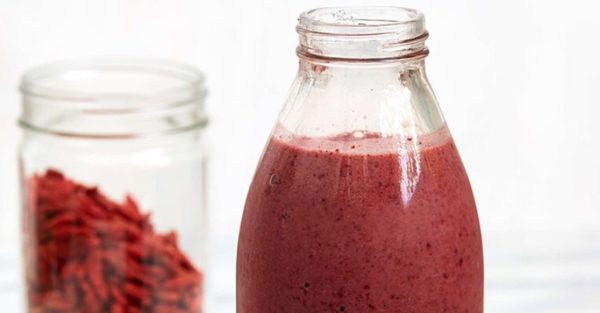
| Servings |
people
|
- 1 cup mixed berries, frozen
- 1/2 cup blueberries, frozen
- 1/4 cup goji berries
- 1 1/2 cups milk or nondairy milk of choice
- 1/2 teaspoon matcha green tea powder
- 1 cup spinach, tightly packed
Ingredients
|

|
- Wash and prep all ingredients.
- Blend and serve. Enjoy!
Recipe via Kris Carr: https://kriscarr.com/recipe/antioxidant-boost-smoothie/
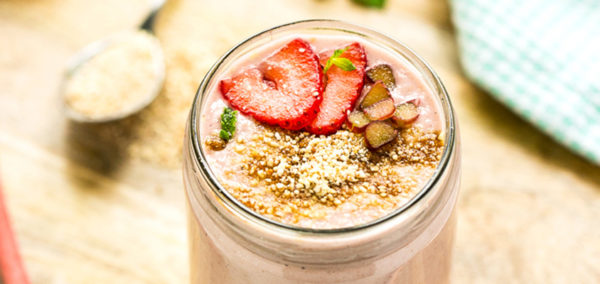
| Servings |
|
- 1 1/2 cups diced fresh strawberries
- 1/2 cup fresh rhubarb
- 1 tbsp pure maple syrup
- 1/4 tsp ground cardamom
- 1 cup milk or unsweetened almond milk
- 1/2 cup ice cubes
- 1/4 cup cashews
- 3 soft Medjool dates, pitted
- 1 tsp lemon juice
- 1/2 tsp vanilla extract
- 1/8 tsp sea salt
- 2 tbsp cashews
- 1 tbsp coconut sugar
- 1 dash sea salt
Ingredients
Crushed Cashew "Crust" Topping
|

|
- In a medium saucepan, stir together strawberries, rhubarb, maple syrup, and cardamom over medium-low heat.
- Simmer for 3 minutes or until the juices release and the fruit begins to soften.
- Reduce heat to low to low and continue to simmer for another 5 to 7 minutes or until the fruit is very tender and begins to fall apart, stirring occasionally. Let cool slightly.
- Add the strawberry rhubarb mixture. almond milk, ice, cashews, dates, lemon juice, vanilla, and sea salt to a blender. Blend on high for 2 minutes or until smooth and creamy.
- For the topping (prepare while strawberry rhubarb mixture is cooking): In a food processor, combine the cashews, coconut sugar, and sea salt; process for 10 seconds or until mixture takes on a fine streusel texture.
- Pour smoothie into two glasses and top with as much of the cashew crust topping as desired. Serve immediately.
Recipe by Kris Carr; https://kriscarr.com/recipe/strawberry-rhubarb-pie-la-mode-smoothie/

